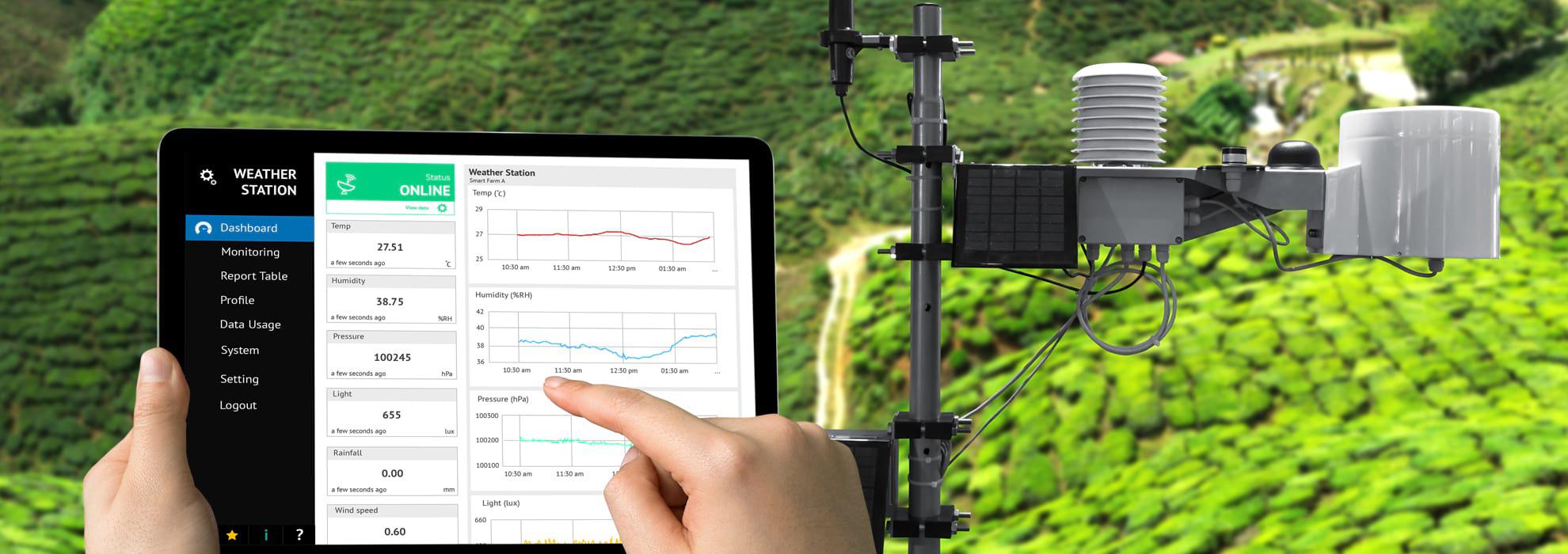Using Data Analytics to Prepare in Advance for Natural Disasters
We like to think we are relatively safe from harm in the United States, but actually, we can do little to prevent natural disasters like earthquakes, hurricanes, or fires. What we can do, however, is to prepare for potential natural disasters so that we continually improve our ability to quickly react and effectively help when such tragedies occur.
This is part of the purpose of the Federal government website Ready.gov. Its organizers remind us that we might need to take action before first responders arrive, so it’s important to know what to do. For example, we might need to use lifesaving skills like CPR and first aid. In advance, we can check our insurance policies for the right coverage, save for emergency costs, and learn how to take emergency precautions at home like shutting off water and gas.
Data Analytics may be key in helping us better prepare for disasters. As shown in the New York Times article, “The Places in the U.S. Where Disaster Strikes Again and Again,” using historic data can help us determine paths and trends of where disasters occur and potentially help us better prepare for early alerts to those areas and response efforts once disaster strikes.
We can also pay attention to the efforts of experts to keep us prepared. Data released from the National Oceanic and Atmospheric Administration show there have been fewer tornadoes this season. This NOAA article also notes that drops in tornado-related deaths may be due to technological investments that resulted in better forecasting and modeling – great examples of using data analytics to help Americans be better prepared.
There are many other ways to get prepared to help your family and your community. Check out these preparedness videos from the Federal Emergency Management Agency (FEMA) that cover several types of disasters, such as earthquakes or flooding, and diverse activities such as preparing an emergency kit or learning how to stop bleeding. You also can volunteer for a Community Emergency Response Team through FEMA.
At BLH we know that we can’t prevent disasters from happening, but we believe that data analytics provides us possibilities to help us ensure we preserve our property, help our communities, and protect our families.
